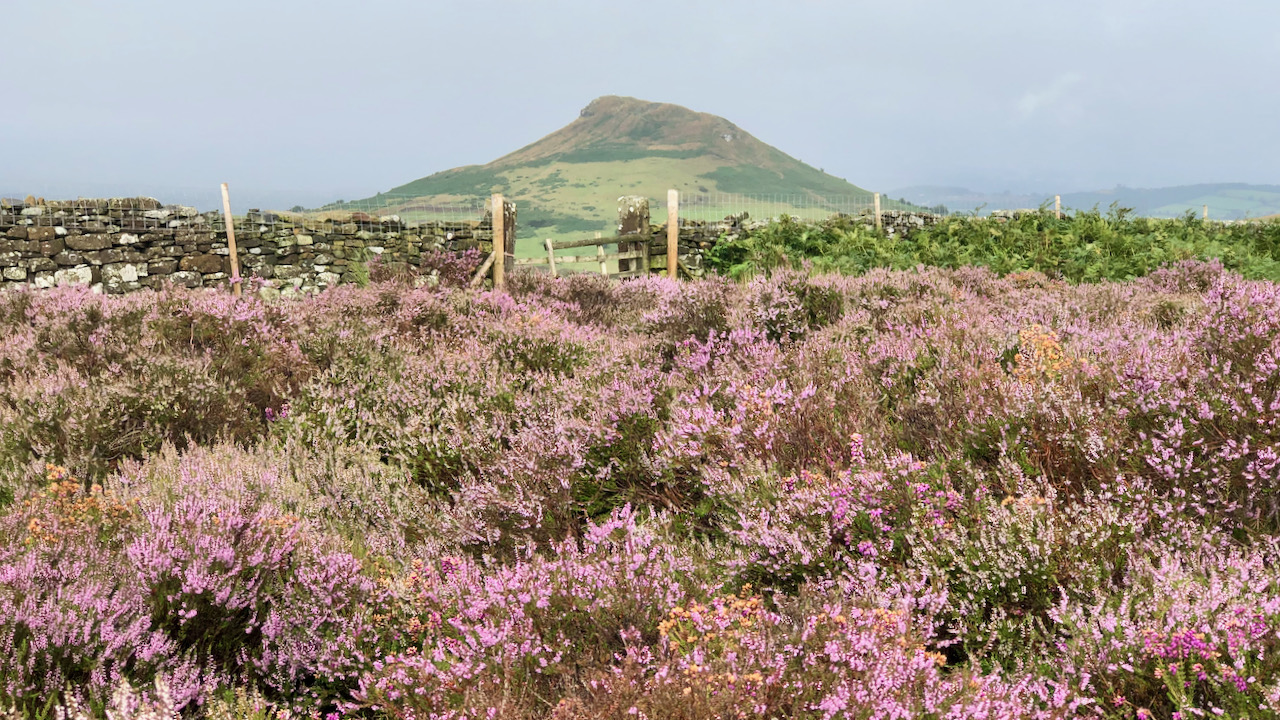It’s that Ling season. Suddenly, in spite of the damp weather over the last week, the heather blooms have emerged, although they haven’t reached their fullest splendour just yet. Expect more photos of the purple haze to come in the month ahead.
Heather, in a wholly natural habitat, gives off a modest display compared to the flamboyant spectacle that colours entire swathes of the North York Moors. It modestly rambles amid the understory of northern pine and birch woods, as well as some open beech and oak woods in the lowlands. However, it thrives most where no natural tree cover exists, such as on windswept cliffs and sand-dunes in the west, or above the tree-line on the Scottish mountains.
Interestingly, the vast expanses of the heather-laden North York Moors owe their existence to human intervention. These areas evolved from clearing trees on poor, acidic soil and the careful management of grazing animals or controlled fires, which prevented the forests from reclaiming the land.
It has served as fuel, fodder, and construction material when wood was scarce, even stepping in as the framework for wattle-and-daub structures. The springy stems of heather have found their way into thatch, brooms, and ropes, showcasing its versatile utility. Its roots have been skilfully carved into knife handles, particularly for ceremonial Scottish dirks.
Remarkably, the Ling’s spikes, with its honey-scented lilac flowers, yields an orange dye, a delightful herbal tea, and a splendid beer, ‘Fraoch‘. The plant’s soft and fragrant properties also led to its use as both human and animal bedding, and when Scottish settlers ventured to America, they carried it along, naturalising one of their national symbols thousands of miles beyond its native realm. Such is the significance of heather throughout history.
Source: Mabey, Richard. “Flora Britannica”. Pages 158/9. Reed International Books Ltd. 1996.

Leave a Reply